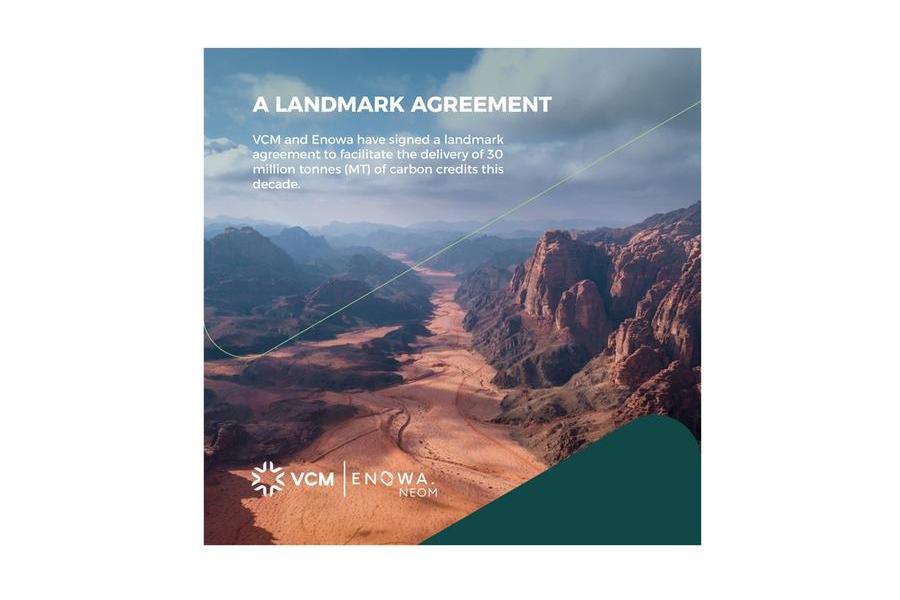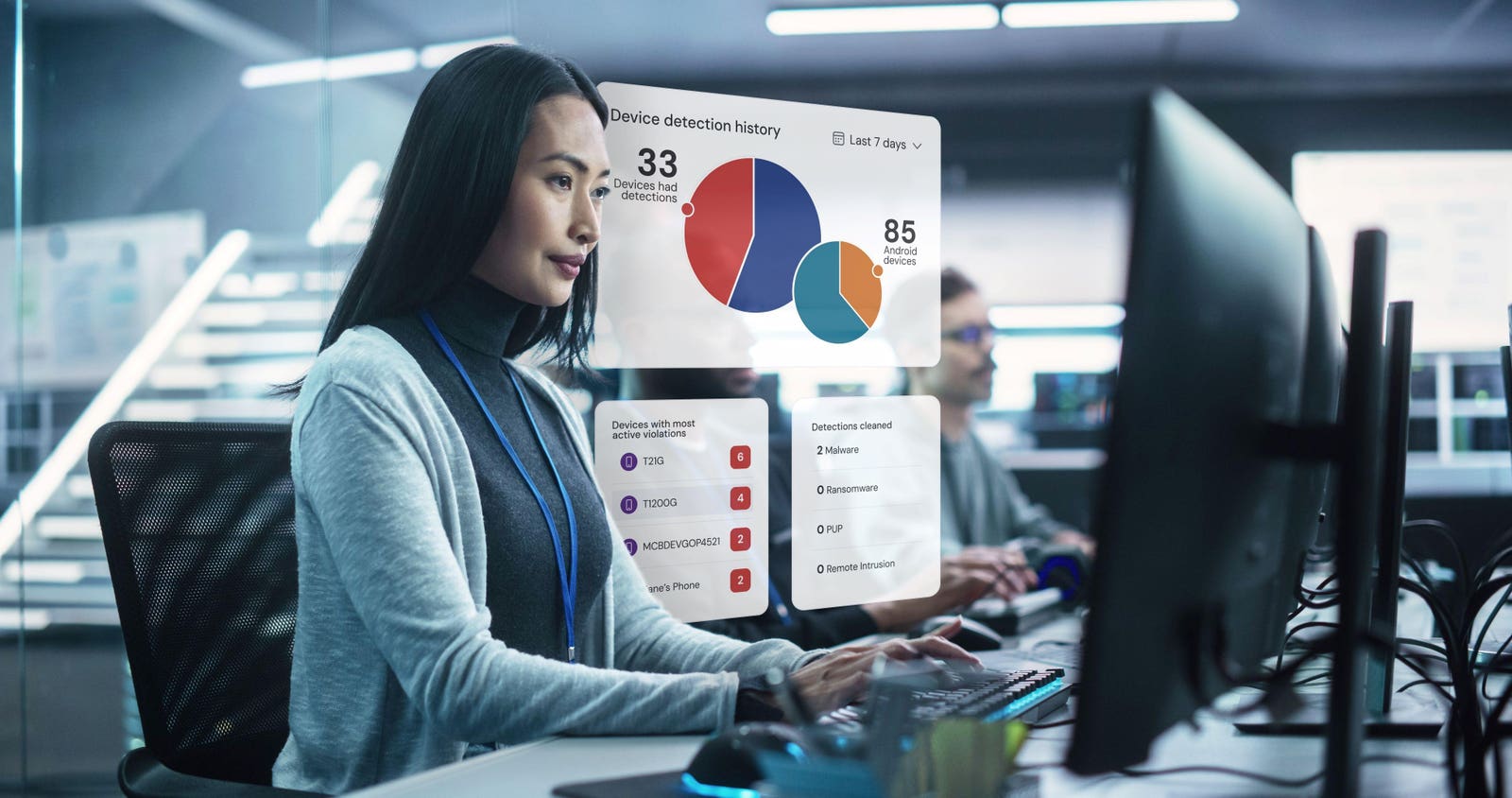Summary
Partnership demonstrates scale of demand for VCMs high integrity voluntary carbon market and Enowas commitment to compensate for unavoidable emissions
Source: ZAWYA

AI News Q&A (Free Content)
Q1: What is the role of the Verified Carbon Standard in the voluntary carbon market?
A1: The Verified Carbon Standard (VCS), administered by Verra, is a certification standard for carbon credits used to offset emissions. As of 2024, over 2,300 projects are registered under the VCS, collectively issuing more than 1.3 billion credits. The standard covers various sectors, including agriculture, forestry, energy, and waste management. VCS is particularly significant for REDD+ projects, which aim to reduce emissions from deforestation and forest degradation, marking it as a pivotal program in the voluntary carbon market.
Q2: How does blockchain technology contribute to the sustainability of carbon offset markets?
A2: Blockchain technology plays a crucial role in enhancing the sustainability of carbon offset markets by providing a decentralized platform for carbon credit trading. Recent studies highlight blockchain's capability to reduce informational asymmetry and intermediary costs, making the carbon trading process more transparent and efficient. Innovative blockchain projects, such as Nori, are leveraging this technology to record, track, and trade carbon credits, potentially setting new standards within the blockchain sector for carbon offsetting.
Q3: What are the potential risks associated with carbon offset and credit programs?
A3: Carbon offset and credit programs face increased scrutiny due to concerns over inflated claims of emissions reductions. Criticisms often focus on issues such as overestimated carbon sequestration and double-counting of credits. To ensure credibility, emissions reductions must be additional, permanent, and verified by independent third parties. Instances of greenwashing have been reported, where projects claimed more significant environmental benefits than achieved.
Q4: How does the carbon price influence credit risk measures in a credit portfolio?
A4: The carbon price significantly impacts credit risk measures such as the probability of default, expected and unexpected losses within a credit portfolio. Higher carbon prices can lead to increased costs for greenhouse gas emissions, affecting firms' production and consumption. This, in turn, influences the distribution of a firm's value, potentially increasing banking fees and reducing profitability. The stochastic model used in recent studies allows for a more flexible assessment of these risks, incorporating uncertainties in productivity and transition scenarios.
Q5: What are the challenges faced by small and medium-sized enterprises (SMEs) in the carbon credit market?
A5: SMEs often encounter significant challenges in the carbon credit market due to the complexity of the trading process and high entry barriers. A blockchain-based decentralized platform has been proposed to address these challenges, simplifying transactions and reducing costs. This platform uses Ethereum-based smart contracts to automate transactions and ensure transparency, helping SMEs comply with global carbon regulations and achieve carbon neutrality more efficiently.
Q6: How does nuclear energy fit into the circular economy framework?
A6: Nuclear energy is increasingly regarded as a vital component of circular economy frameworks due to its ability to provide a stable, low-carbon energy source. It supports sustainable practices by reducing dependency on fossil fuels, aligning with goals such as resource efficiency and pollution reduction. However, studies suggest that nuclear energy's impact on the circular economy is complex, with both positive and negative implications for long-term sustainability.
Q7: In what ways do carbon information services help organizations reduce their carbon footprint?
A7: Carbon information services provide data on carbon intensity across different regions, allowing organizations to adjust their energy consumption patterns to minimize their carbon footprint. By leveraging this information, companies can make informed decisions about their energy sources and purchase renewable energy credits to offset their emissions. These services facilitate the decarbonization process, helping organizations meet their sustainability targets more effectively.
References:
- Carbon offsets and credits
- Verified Carbon Standard
- Harnessing Web3 on Carbon Offset Market for Sustainability: Framework and A Case Study by Chenyu Zhou et al.
- Blockchain-Driven Solutions for Carbon Credit Trading: A Decentralized Platform for SMEs by Yun-Cheng Tsai
- The Green Mirage: Impact of Location- and Market-based Carbon Intensity Estimation on Carbon Optimization Efficacy by Diptyaroop Maji et al.
- Propagation of a carbon price in a credit portfolio through macroeconomic factors by Géraldine Bouveret et al.
- Articulating the role of nuclear energy in the circular economy of China: A machine learning approach by Yiting Qiu et al.




